
Compiled by The Western Howl Staff


Compiled by The Western Howl Staff
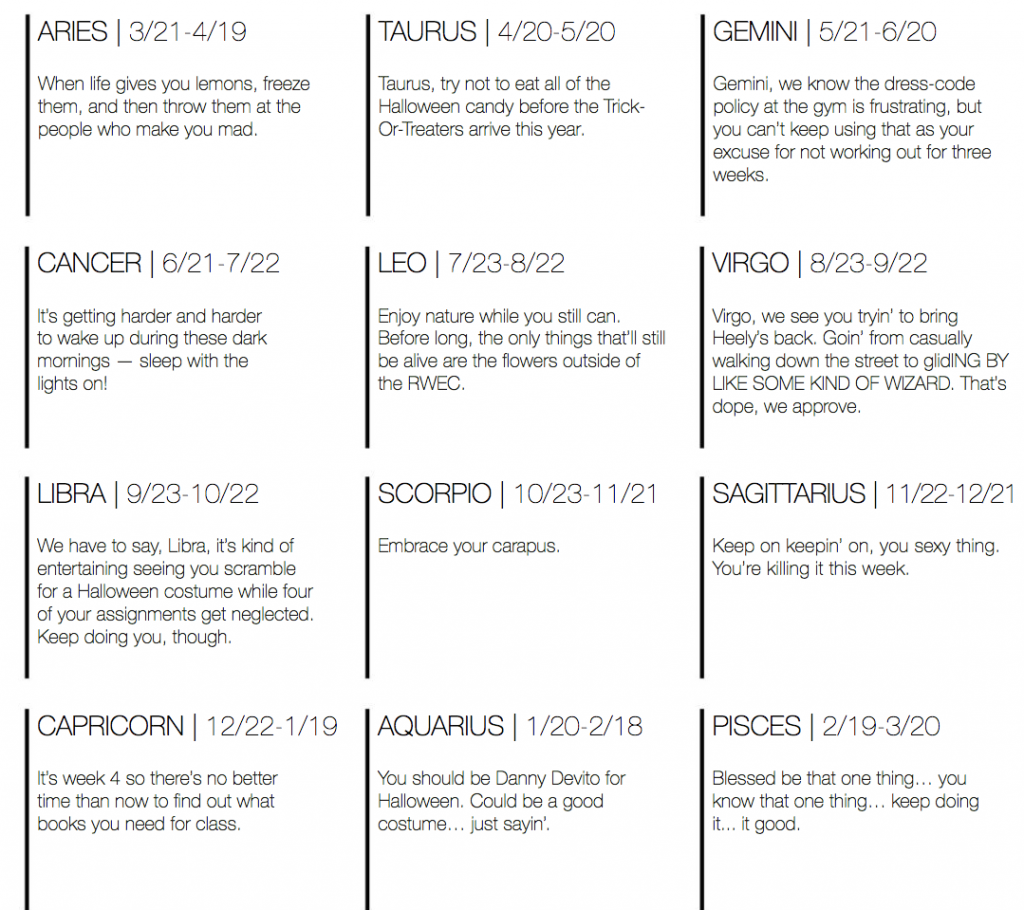
Compiled by The Western Howl Staff
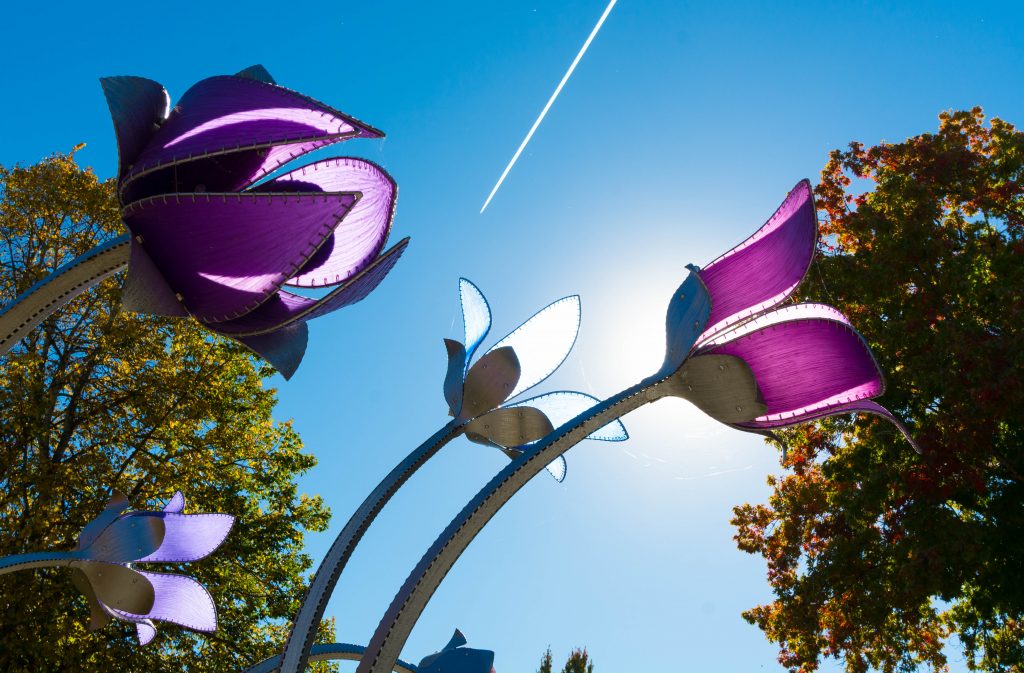
Paul F. Davis | Managing Editor
Art: it celebrates, reflects and critiques current times, something that is important now more than ever before, yet this idea is something that’s not reflected on Western’s campus. Western has a tradition of choosing pieces for building’s Percent for Art, a state law that requires all publicly funded construction plans with budgets over $100,000 to set aside 1 percent for art, requirements that are out of line with its students and the campus.
Future Percent for Art pieces should look to accomplish a few things. First, the art should not try to blend in with its surrounds but also not ignore them completely. For example, instead of choosing a bright purple and fuchsia color scheme as the piece in front of the RWEC did, it should have gone for a less saturated red and yellow palette to match and complement the red on the brick of the building.
Pieces should also attempt to symbolize the space for which it is contained within. The art within DeVolder, one of the few good examples on how spend Percent for Art money on campus, is a wonderful connected stained glass circle which contains multiple subunits that illustrate various parts of the human body and concepts from chemistry — a perfect representation of what the students are learning about within the building. Additionally, this can be used as a marker to reiterate what the building is used for and can show a person who is not accustomed to campus what is done within the building.
Campus art should also strive to reflect its students, showing their struggle, their success and for many the loss that occurs during their time at university. For example instead of gigantic flowers to symbolize students growth, create an interactive piece of art that the students can participate in. A good idea for this would be a massive glass and wood container where students can submit something they are thankful for and then once a year, say springtime, have an opening day party where some of the submissions are read to students and faculty to celebrate the new season.
Future sculptures, paintings and other art should most importantly be completed by former or current students. If Western was to seek out and hire a former student of the Western’s College of Art, they are saying not only are our students worthy of a degree once they graduate but we also believe in their education to the point that they are equipped enough to leave an actual mark on campus. But more than anything, this says that Western not only is here to teach their students but they are here and willing to invest in their students something which is severely lacking currently.
So next time Art Committee of Western Oregon, let’s attempt to reflect your students and your campus to show that’s what’s important — not show your afterthought metal and LED marker of your misunderstanding.
Contact the author at pfdavis14@wou.edu
Photo courtesy of Paul F. Davis
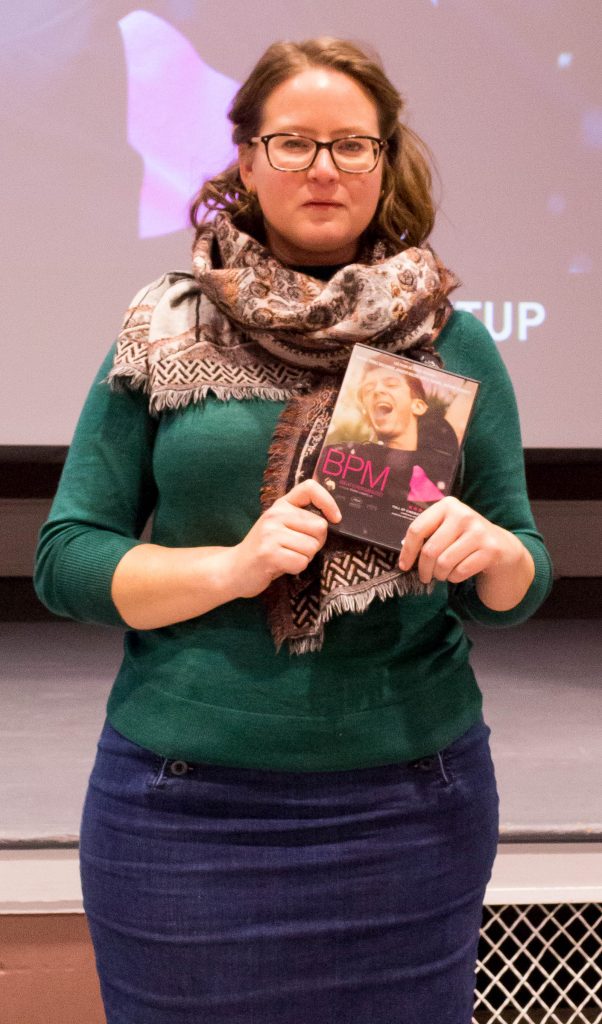
Jamari Gilbert | Freelancer
“Beats Per Minute” or “BPM” is a movie directed by Robin Campillo. This dramatized historical piece was showcased here at Western during the Tournées Film Festival. The TFF brings French films here to Western and other American campuses. “(The movies) touch on a wide range of subjects, diverse perspectives, locations, and human experiences, all circling around themes of mobility, migration and global interconnections,” says the film festival page on Western’s website. There will be six movies in total every Thursday, from Oct. 11 through Nov. 15.
“BPM” delves into activities of the HIV/AIDS activist group, Act Up-Paris in the 1990s. They are faced with many challenges in the film: the majority believing that AIDS only affects homosexuals and the government not passing laws to help stop the outbreak. Their activism varies from throwing fake blood over pharmacies to throwing the ashes of departed members onto conference members and their food.
The audience is first introduced to the Act Up-Paris branch for the first half of the movie. This section of the movie is more of a celebration of the hard work that the many men and women of the Act Up-Paris performed to ensure a brighter future for those individuals living with AIDS. As the Act Up-Paris group is trying to decide the best means of getting their message across, infighting occurs, with some members even going so far as to openly sabotage other members work when they are unhappy. Bits of drama like this are sprinkled throughout the movie even though the premise alone is serious enough.
The last half of “BPM” focuses on how AIDS will destroy an individual once infected. Several characters portray the grim outcome, but the most prominent is the character Sean, a veteran of the Act Up Paris group who is already in the later stages of the disease. He forms a sexual relationship with one of the newest members Nathan. This half of the movie goes into their relationship and shows how AIDS will both affect the infected and those around them.
“BPM” is long, but it is worth it. Showing the fight against AIDS in two different ways: the political fight that demonstrates the hardships everyone involved must face and how AIDS changes the lives of men and women who are infected by the disease.
Overall Rating: I would recommend this movie if the viewer is interested in learning about the AIDS movement in countries besides the United States, or if they’re interested in an LGBTQ+ film.
Contact the author at jgilbert16@mail.wou.edu
Photo courtesy of Ashlynn Norton
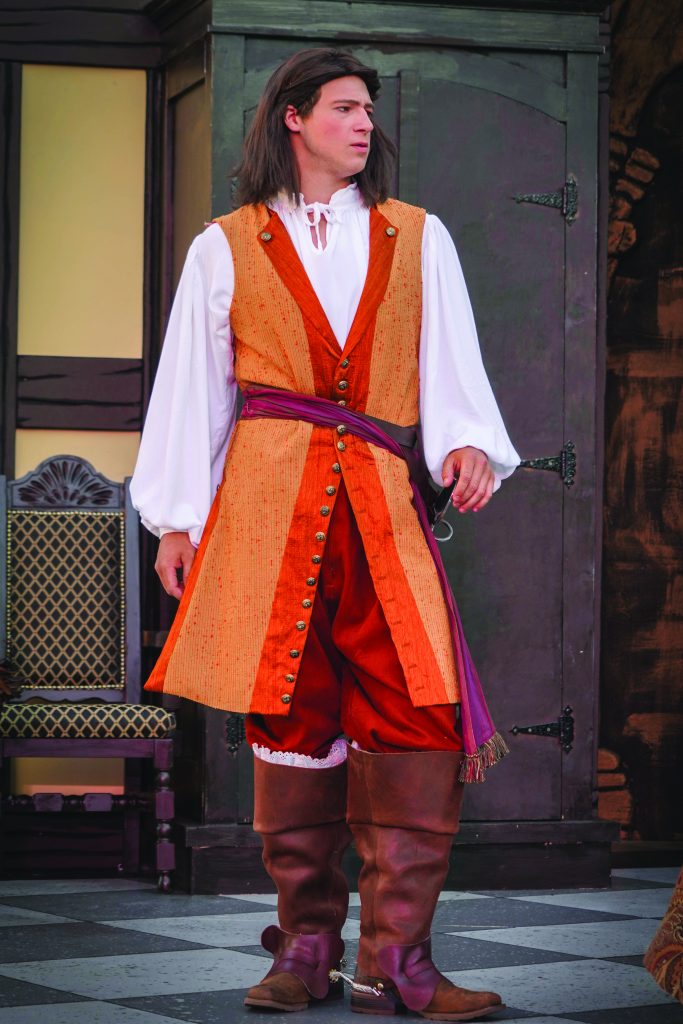
Chrys Weedon | Entertainment Editor
Hunter Atkins describes performance art as the “purest form of art,” stating, “It only happens once in front of the audience and it’s shared with the audience, and then it’ll never happen again. And it’s very… emotional and straight from the heart and it’s unmonetized. So, nobody gains anything from it but the art.”
Hailing from Salem, Oregon, Atkin is currently a senior set to graduate in the spring. Atkin’s craft is truly eclectic — he studies theater and has been involved in numerous straight plays on campus; he sings and dances; he also creates performance art. More recently, Atkin has been focusing on poetry and writing music. After graduation, the BFA student plans to move to a big city– such as Chicago or LA– to make his art a career.
Originally, Atkin came to Western to study nursing. The artist’s sister was also enrolled in the nursing program, and that’s part of the reason he enrolled.
“I was like ‘Okay, nursing pays, I’m not sure I’m going to like it, I’m going to go for it.’” By the end of his freshman year, Atkin had auditioned for the BFA program.
Throughout his studies, Atkin has seen a lot of support for the arts.
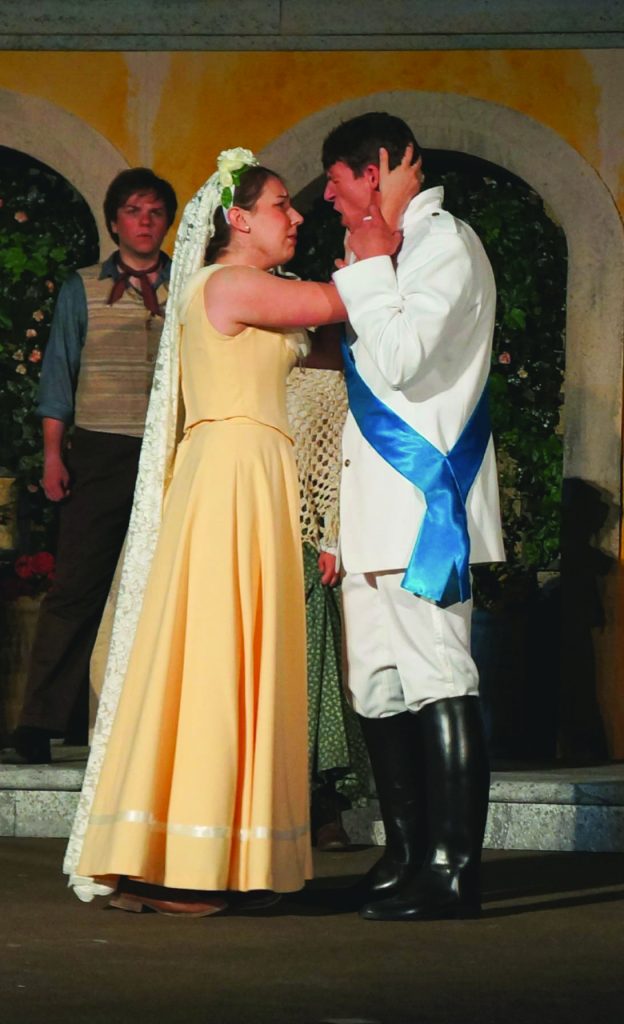
“(Western’s programs) give us so many opportunities to do things we would never be able to do in the real world.” Western funds a rehearsal space, workshops and improv coaches. A program called “5 O’Clock Shadow” is also offered, which allows student artists to create their own shows. A rehearsal space is provided, as well as show dates and the performance space itself — the Black Box in Rice Auditorium.
It was difficult for Atkin to choose his favorite artistic project at Western, but he eventually chose his semi-recent performance art piece, “Love.” On his reasons behind this choice, Atkin responded, “my performance art is probably the thing I’m most proud of because I wrote it all myself, start to finish, and I put a lot of myself in it and I was really vulnerable with the audience.”
Hunter commented that the most salient lesson he’s learned during his studies was experiencing rejection. Even when professors or other artists are giving criticisms that may feel hard to handle, “…afterward when you work on the things that you really sucked at, it just feels like you’re building yourself up. It’s really cool to be able to do that in a safe space.” Atkin believes that Western provides a safe environment in which artists can work on their craft, whereas the “real world” doesn’t offer those same opportunities.
Atkin’s advice for first-year students?
“Let college kind of happen to you, because eventually you’re going to find something that you stick to, that you’re really passionate about that you like a lot, and then follow that.”
Contact the author at howlentertainment@wou.edu
Photo courtesy of Hunter Atkin

Chrys Weedon | Entertainment Editor
“First Flower,” released on Oct. 5, is Molly Burch’s sophomore album and is a complementary companion to her debut album released in early 2017.
Molly Burch is based in Austin, Texas, and has a background in jazz vocal performance. Her background in jazz is clearly heard in her work, more obviously in this new album than in her first. Her sultry voice and the way in which she approaches her lower register packs her performance with emotion.
The tone of this new album is more loose and experimental, achieved by Burch’s new vocal approach and the underlying bossa nova-type beats. The sepia-toned guitar and whispering lyrics from the first album “Please Be Mine” carries over onto “First Flower,” solidifying Burch’s sound.
“I don’t need to scream to get my point across,” states “To The Boys,” the feminist anthem on the album.
Where her first album tackled the crowd-pleaser of unrequited love, Burch’s second album delves into the mind — more specifically, anxiety and self-doubt.
“I think I want to be better,” read the lyrics of the song “Good Behaviour.”
In another song on the album, “Candy,” Molly croons, “why do I care what you think?” Contemplative yet never wallowing, these songs play off less hopeless than a vulnerable, honest portrayal of struggling with anxiety.
Despite overarching themes of self-doubt, Burch also swings to romantic optimism in songs such as “To The Boys” and “First Flower,” where she sings “you are my man.” Each song is multifaceted and blends themes smoothly. Multiple layers exist in each song, and the simplicity that still remains provides much to appreciate.
The 11 tracks on the album are short and sweet, with only one breaking the five minute threshold. The tunes don’t ever seem rushed, however. Burch is able to pack so much emotion and storytelling into small packages due to her writing ability. These songs could easily turn into mono-dynamic songs that blend into one another, but this artist’s ability to meld so many different themes in a way that seems so effortless is thanks to her sharp pen.
Overall rating: I would recommend this album.
Contact the author at howlentertainment@wou.edu
Photo courtesy of mollyburchmusic.com
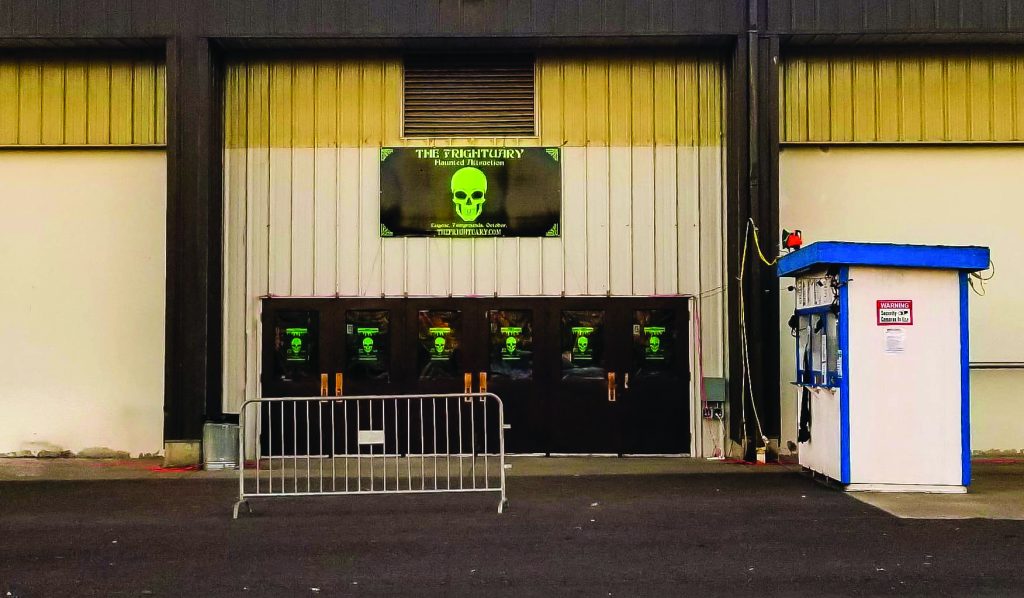
Rebecca Meyers | Lifestyle editor
Halloween is just a couple weeks away, and the spookiness theme is appearing all around town. Some like to get into the spirit by giving themselves a few good scares. Horror movies might do the trick, but they’re not the same as interactive experiences. Fortunately, there are plenty of places nearby to do just that. Here are some of nearby haunted houses for full immersion into the Halloween season.
The Fear PDX
Portland is home to The Fear, whose website calls itself “Portland’s largest Halloween event.” Admission to The Fear’s locations gets visitors four haunted houses for the price of one. This location is currently open every Friday and Saturday until November 3rd as well as a few weekdays. Hours vary by day, but for a complete listing, visit fearpdx.com
Address: 12301 NE Glisan St, Portland, OR 97230
Fearlandia
Located in Tigard, Fearlandia is split into two main sections: TJ’s backyard and Into the Darkness. It also has a date night package option for pre-purchased tickets. This haunted attraction is open from 7-11 p.m. on Saturdays and Sundays, but will be open on Oct. 31 as well.
Address: 16255 SW Upper Boones Ferry Rd, Tigard, OR 97224
The Nightmare Factory
Located in Salem on the campus of the Oregon School for the Deaf, the Nightmare Factory was once featured on an episode of “Extreme Makeover”. This interactive haunt has options for group discounts as well. The Factory is open Fridays, Saturdays, and most days the week of Halloween.
Address: 999 Locust Street NE, Salem, OR 97301
The Frightuary
Found in the Eugene fairgrounds, The Frightuary is a three part attraction that includes exhibits and actors. Visitors can enter Thursdays through Saturdays as well as the Oct. 30-31.
Address: 796 W 13th Ave, Eugene, OR 97402
Note: some attractions warn that those with heart problems or who are prone to seizures should not enter. Students should make sure they are safely enjoying the haunted attractions.
Contact the author at howllifestyle@mail.wou.edu
Photo courtesy of Ashlynn Norton